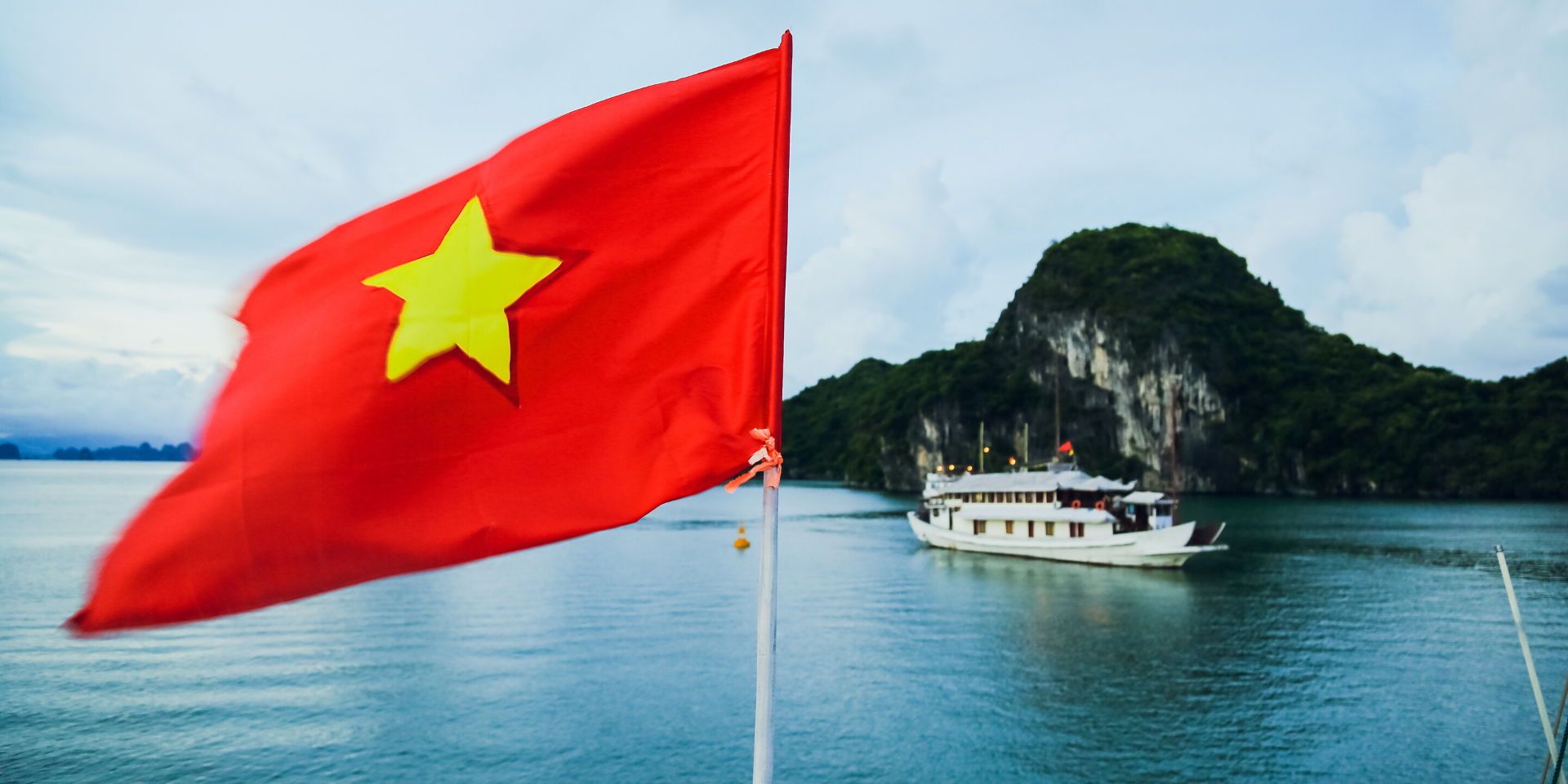Recent incidents in the South China Sea highlight China's aggressive maritime strategy.
These have significant implications for regional stability and the responses of affected nations. On June 19, the BBC reported a confrontation between the China Coast Guard and the Philippine Coast Guard and Navy. Chinese vessels intercepted Philippine ships supplying the Second Thomas Shoal, where the Philippines maintains a presence through the grounded vessel Sierra Madre to assert its claim over the contested area.
The encounter escalated as Chinese vessels rammed Philippine ships, injuring a Philippine sailor. Additionally, Chinese coastguardsmen wielded bladed weapons and reportedly boarded Philippine ships, seizing weapons and other property. General Romeo Brawner of the Philippine military condemned these actions as piracy, emphasizing the illegality of China’s interference within the Philippines' exclusive economic zone.
Historical and Strategic Context
The China Coast Guard’s aggressive tactics are not new. Historically, China has used ramming and boarding as methods of maritime coercion. These tactics align with a broader strategy of exerting control over the South China Sea, often described as operating within a "gray zone"—a space between peace and open conflict that complicates countermeasures by other nations.
However, China's recent actions are pushing the situation into clearer terms of aggression. The use of force, as defined by Carl von Clausewitz in "On War," involves compelling an enemy to act against its will through violence. China's current tactics—ramming, boarding, and brandishing weapons—fit this definition, blurring the lines between peacetime aggression and acts of war.
Strategic Implications and Responses
Clausewitzian theory suggests that all military operations are underpinned by the potential for combat. China's maritime actions, even when they do not result in direct violence, are forms of combat meant to intimidate and coerce other nations into submission. This aligns with Mao Zedong's perspective that politics and war are interconnected, with the Communist Party aiming to achieve its objectives through minimal violence where possible.
China's strategy involves a continuous state of low-intensity conflict, keeping its adversaries off balance while avoiding full-scale war. This approach leverages China's superior maritime capabilities to dominate regional waters without triggering a decisive military response from rival states or alliances like the Philippines and the United States.
Future Scenarios and Strategic Recommendations
Given China's maritime assertiveness, Southeast Asian states and their allies must recognize the persistent martial mindset driving Beijing’s actions. The recent escalation could indicate that Chinese leaders believe the balance of power has shifted in their favor, prompting more aggressive tactics. This potential shift from strategic defense to offense necessitates a robust response from regional actors.
Southeast Asian nations and their partners must prepare for continued and possibly intensified Chinese maritime aggression. This preparation involves enhancing naval capabilities, fostering stronger regional alliances, and developing strategies to counter China's gray zone tactics effectively. The ultimate goal is to deter further escalation and maintain regional stability by demonstrating a unified and capable defense posture.
Conclusion
China’s conduct in the South China Sea reflects a deliberate strategy of maritime coercion, challenging the status quo and regional order. Recognizing the warlike nature of these actions is crucial for formulating effective countermeasures. As China continues to test the limits of international tolerance, affected nations must adapt and respond decisively to safeguard their sovereignty and maintain peace in the region. Inaction or miscalculation could lead to greater instability and conflict, underscoring the importance of strategic clarity and preparedness in addressing this ongoing challenge.





